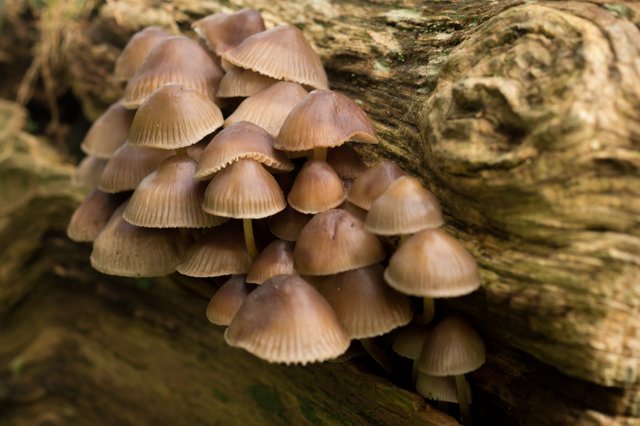For weeks, I have been sharing my little knowledge of the classification of organisms. This week, I will be moving on to the eukaryotes' cells. A good example is Fungi, which we will be looking at.
Fungi eukaryotes are one of the major evolutionary classes to occupy land with over 100000 species. Some examples are Mushrooms, yeast, black mod, and Penicillium Notatum which is used in the production of the antibiotic penicillin. Fungus is currently the largest and oldest living organism on planet earth. The debate on Fungi has been advancing in recent times with the advent of new molecular techniques. They hypothesize that Fungi were among the first plants on land which evolved in water and then became successful on land.
Characteristics of Fungi
The study of the Fungi was poorly understood, which made scientists classify fungi as plants. The reason for basking in this aspect was due to the sessile lifestyle and the morphology of the Fungi. Recent studies have shown that fungi are more closely related to animals than plants. Fungi are both multicellular and unicellular, having two things in common/
Cell Wall (called chitin which provided for structure)
External digestion of food
- Cell structure and function
Fungi have a complex cellular organization with a typical fungal cell with a true nucleus and mitochondria. Fungi have internal membranes which include the endoplasmic reticulum and Golgi apparatus.
compared to the plant cells, Fungals cells do not have the presence of chlorophyll, so the bright colors from Fungi are displayed from cellular pigments. the pigment ranges from red to green to black are associated with the cell wall, which helps to act protective for the cell
On the other hand, Fungal cells have a thick cell wall made of complex polysaccharides called Chitin and glucans. Chitin which is also found in the exoskeleton of the insert helps to strengthen the cell walls of the fungi. The cell wall protects the cells from drying off and protects them from predators.
- Growth
Fungi display two stages, that is the vegetative and the reproductive stage.
The vegetative stage is made up of a tangle of slender thread-like hyphae, while the reproductive stage is more conspicuous.
The hyphae are microscopic and work in the rapid flow of nutrients across the fungal body. A network of hyphae called a mycelium helps the fungi to grow on varieties of surfaces(soil, liquid, decay materials, etc). A single hypha is tiny, but a group of mycelium or manny fungus can be large. A good example of a giant mycelium is the Armillaria solidipes(honey mushroom).
Fungi can survive in a moist and slightly acidic environment and grow with or without light or oxygen.
Summary, Fungi are complex multicellular organisms that are divided based on the life cycles. Fungi can be seen as multicellular filamentous, Macroscopic filamentous, and Single microscopic yeast cells. The next post will be on the reproductive life cycle of Fungi organisms.
